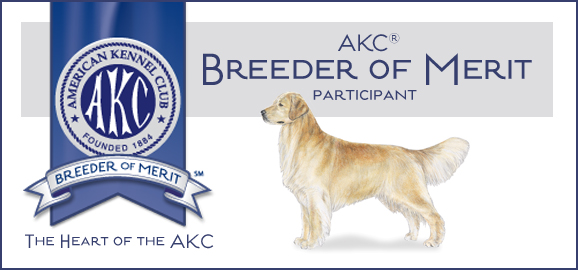Throughout these chapters on raising the bar and moving forward in training, we have talked a great deal about training under the threshold of success. We’ve stressed the importance of not moving your training forward so fast that your dog is not successful.
We’ve not looked yet at the other side of the coin. Can you move your dog forward too slowly? It is actually true that moving forward slowly is never a problem. Neither is having a few training sessions with little to no apparent forward progress. That is perfectly normal. Two steps forward and one step back is sometimes all you can hope for. There will be problems and there will be sessions where there will be no forward progress. Sometimes, your training might even move backwards.
However, training that is consistently not moving forward at all can be a problem. You don’t have to be perfect. The key to moving forward is the overall trend. Slow progress is fine until slow forward movement turns into standing still. Training with no forward movement, session after session, will eventually start to move your training backwards. Here is why.
Shaping is a means of building perfection into behaviors that start off as incomplete and imperfect. As we move forward, these behaviors gradually change into something closer to our perfect picture of the behavior. Habits of poor performances are never built because the behaviors are constantly in a state of change and growth. However, if poor performances are practiced over and over for long periods of time, these incorrect versions of behaviors start to become ingrained habits that can be more difficult to change than if they’d never been taught to begin with.
The goal in shaping is to always be moving towards perfection knowing that you will never really attain it. No matter how slow you might be moving in that direction, as long as you are making some sort of forward progress, your dog will be learning and getting better and better!
However, if your training gets stagnant or if you hit an obstacle that you can not overcome, stop training until you can figure out how to move forward. Don’t give your dog an opportunity to develop bad habits by continuing to practice poor unchanging behavior.
Click on Section 2: The Skills to read the next chapter which is the introduction to the skills half of the book.

